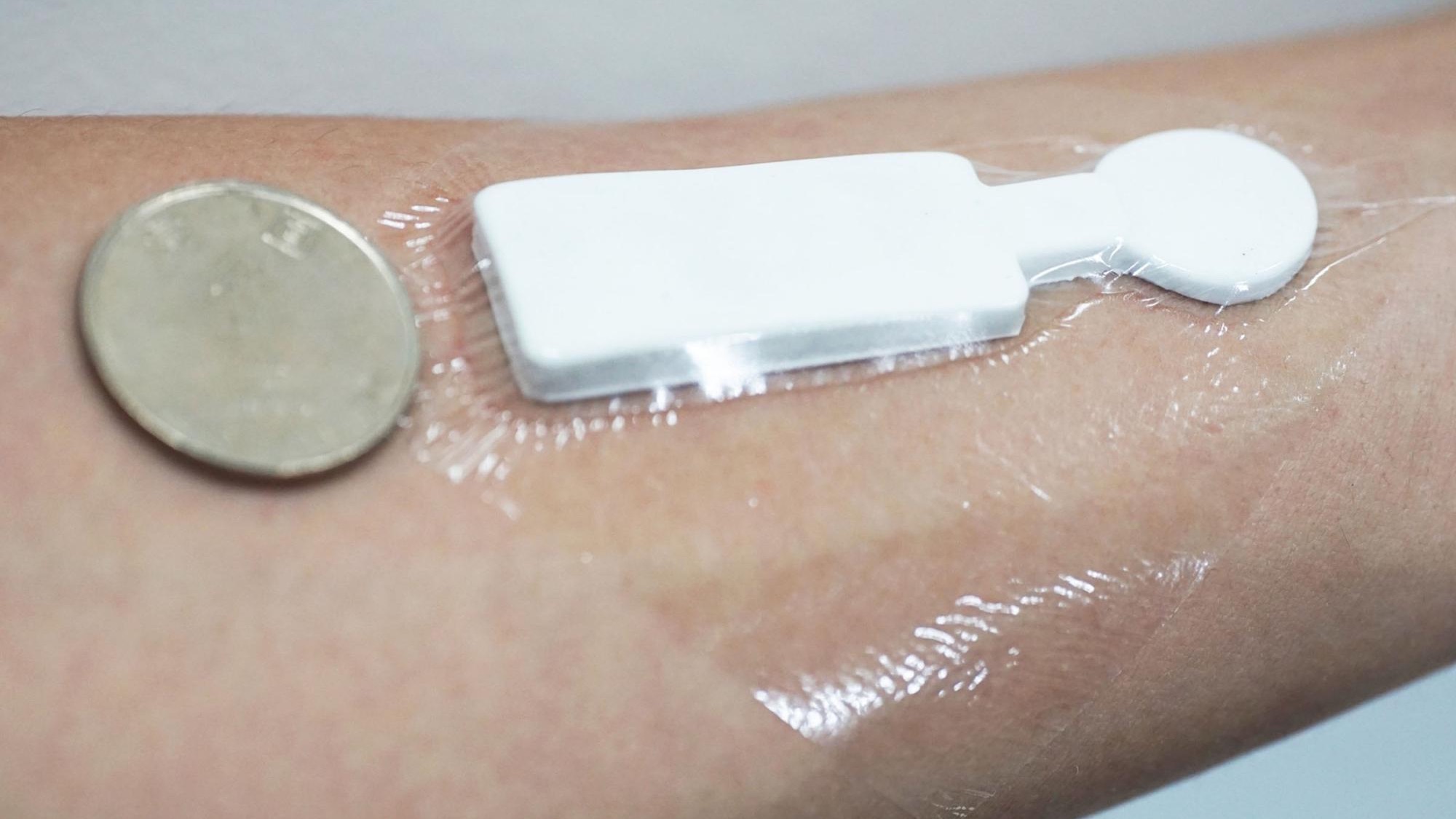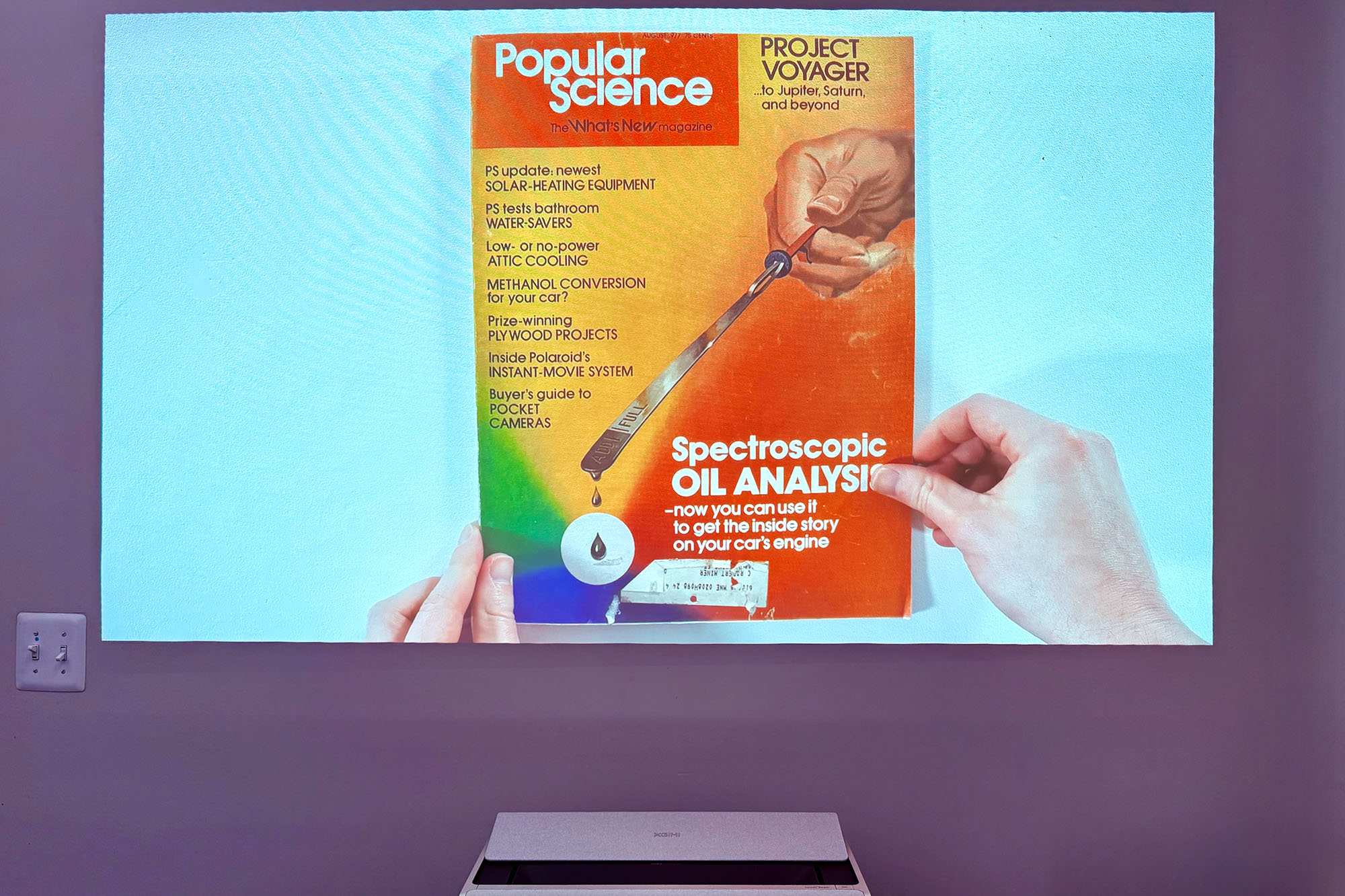This sticker reads emotions (even the ones you try to hide)
The wearable device analyzes the tiny changes in physical responses to predict how a person is feeling. The post This sticker reads emotions (even the ones you try to hide) appeared first on Popular Science.

Good luck hiding how you feel. Researchers from Penn State University believe they have developed a stretchy, Band-Aid-sized wearable device capable of decoding even the most advanced poker face. The device attaches to a subject’s skin and uses sensors to independently detect physiological responses, such as skin temperature and perspiration, in real time. That data is then digitized and analyzed by an AI model designed to determine the type of emotional responses the wearer is experiencing.
In testing, the device was able to accurately identify the correct emotional response 89 percent of the time—significantly more accurate, the researchers say, than simply observing a person’s facial expression. That insight, they write, could prove useful for doctors seeking to better understand the psychological state of patients who don’t obviously express emotions outwardly, or those who may be trying to conceal their feelings. The findings were published late last month in the journal Nano Letters.
“This technology has the potential to help people who are struggling with their mental health, but maybe aren’t being fully honest with others or even themselves about how much they are struggling,” Penn State doctoral student and paper coauthor Yangbo Yuan said in a statement.
Sweat, heart rate, and skin temperature provide emotional clues
The researchers set out to create a “multimodal sensing” device capable of collecting several physiological signals simultaneously without interference, a concept they refer to as “crosstalk.” To do that, the team designed the small, sticker-like device made from thin layers of flexible metals like platinum and aluminum, folded and cut into wave-like shapes.Its flexible structure allows it to continue collecting real-time data even when bent, stretched, or pulled. A rechargeable lithium-ion battery powers the device.

Once applied, the sensors monitor changes in skin temperature, heart rate, humidity (as expressed through sweat), and blood oxygen saturation. Each of these physiological signals can correlate with emotional responses. Increased skin temperature, for example, often signals surprise or anger, while a drop in temperature can indicate happiness, fear, or sadness. Elevated perspiration and heart rate, meanwhile, are common signs of fear. While each signal on its own offers limited insight, the researchers say combining multiple measurements in real time provides a far more accurate picture of an individual’s emotional state.
“More accurate emotion recognition can be possible with multidimensional data that integrate the physiological signals with facial expressions,” the researchers write.
No facial expression, no problem
That stream of physiological data is digitized and transmitted to a mobile device or the cloud. A custom-built machine learning model then analyzes the data to predict the type of emotion the subject is experiencing. All of this happens in near real-time, allowing a physician to monitor and interpret emotional responses while observing a patient in a clinical setting.
Researchers put the device to the test in an experiment involving eight volunteers. Participants watched a series of videos designed to elicit specific emotional responses, all while wearing the device. In the first trial, subjects were instructed to display facial expressions linked to emotions such as happiness, fear, sadness, anger, and disgust. The device successfully matched the expressed emotions with 92.28 percent accuracy. Even more impressively though, it identified emotional responses with 88.83 percent accuracy when participants watched the videos without intentionally making any facial expressions.

“Relying only on facial expressions to understand emotions can be misleading,” Penn State Professor and lead author Huanyu “Larry” Cheng said. “People often don’t visibly show how they truly feel, so that’s why we’re combining facial expression analysis with other important physiological signals, which will ultimately lead to better mental health monitoring and support.”
Though the sticker is still in the testing phases, researchers believe it could one day be a particularly useful tool to help clinicians better understand the emotional state of non-verbal patients. Early indications of brewing mental health issues, which might otherwise go unnoticed, could give medical professionals and psychiatrists more time to intervene before those situations intensify.
The post This sticker reads emotions (even the ones you try to hide) appeared first on Popular Science.




































































.jpg)





































































